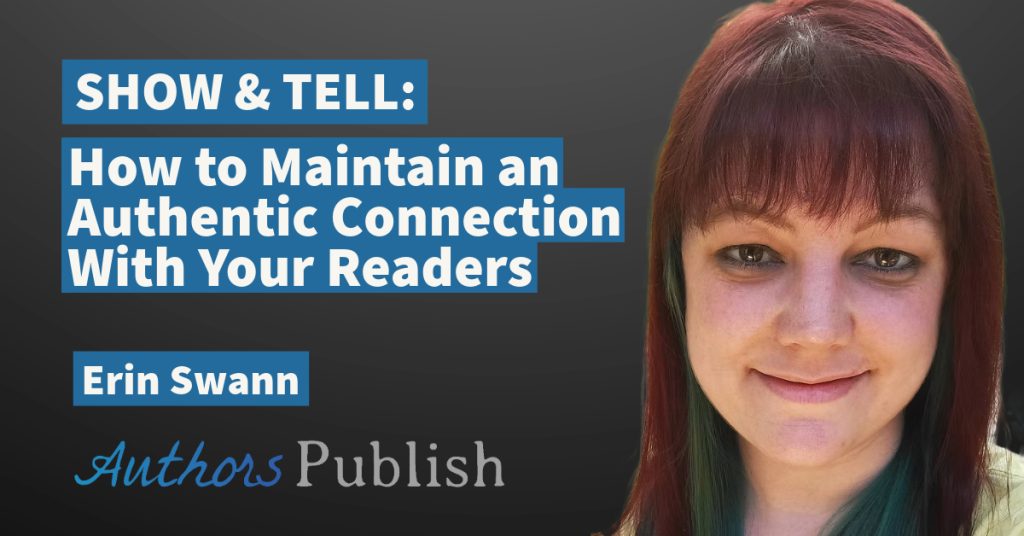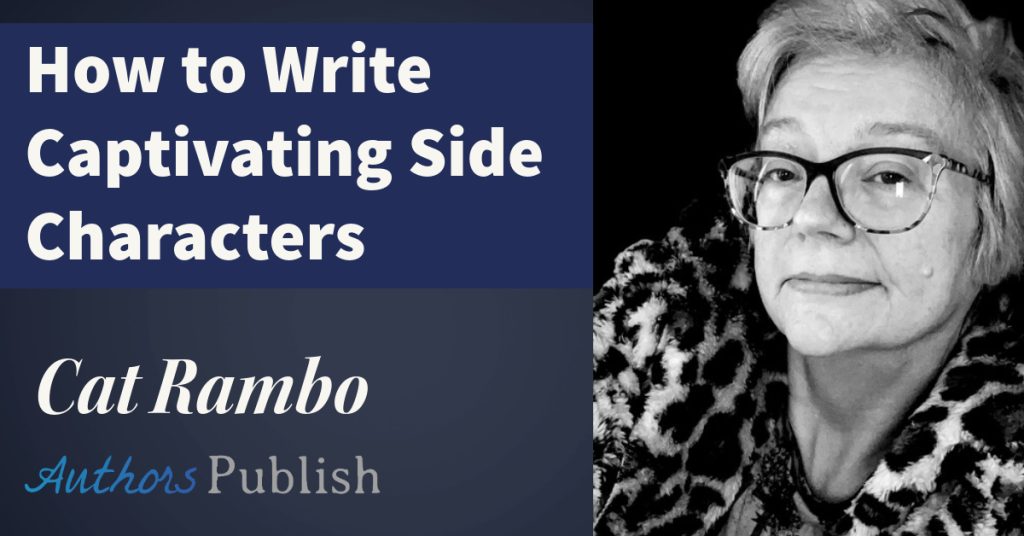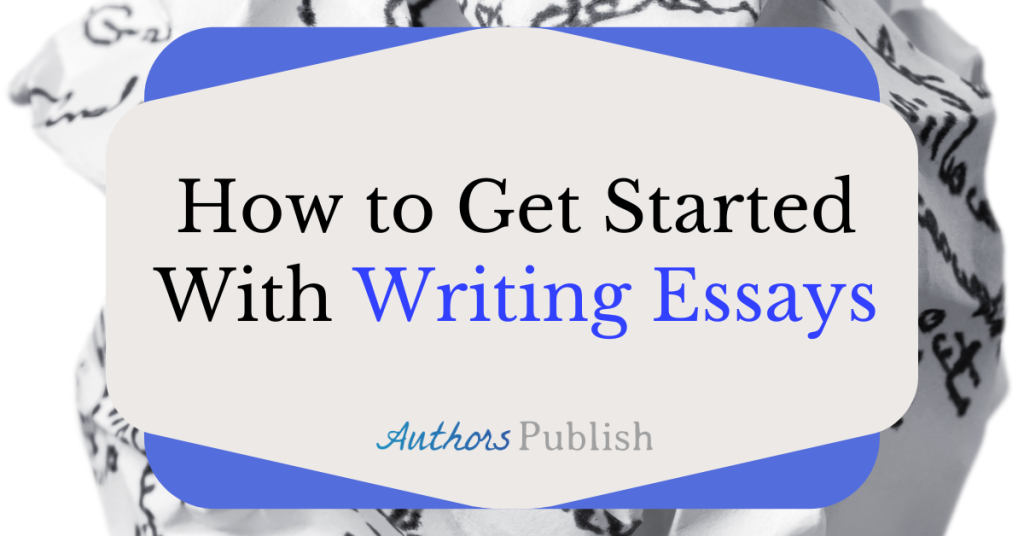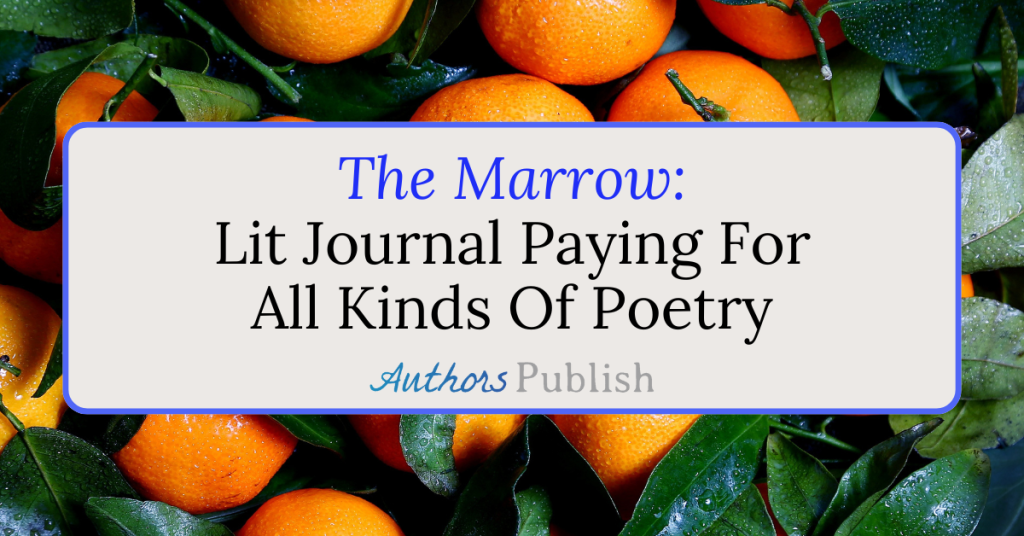By Dr. Meryl Broughton
The paths to publication are many and varied.
Mine was a bit like a lurching tour of different venues, seeking the right ambience where I could find acceptance for my unusual manuscript. When I started out, I was fresh-faced, clear-thinking and naive. By the end I was a seasoned drinker, familiar with the tastes on offer and nearly out of my mind.
I knew there was a place for my nonfiction book in the world, it was a story that needed to be told. I felt it had the right elements of familiarity and uniqueness to be a commercial proposition. Before I sent my manuscript out each time, I tweaked it again, upgrading it to the next version.
As I did the rounds of the publishers, I picked up a few tips. Every establishment had its own rules and variations on the basic standard.
It seems stupid to say it, but you have to speak the right language, use the right font in the right size and the right format. Especially these days when you have to assume rejection just by the absence of response within a certain time-frame, you may not realise that no one actually read your submission simply because the software programs didn’t match or there were problems with the appearance of the manuscript rather than the content. Publishers are better at making the ‘how-to’ clear now.
Repeatedly going through the submission process allows you to develop skills in tailoring the pitch, even adapting the synopsis, to best align with the particular publisher’s leanings. And it is worth the effort, if only for the practice. You never know when you might hit the spot.
An automated reply confirming receipt is good. A generic reply saying your work did not suit their list is less common but more helpful than silence. A personal rejection with specific comments is valuable and can be incredibly instructive, though rare.
Also unfortunate is the fact that timing can be critical, though even this may be overcome by persistence and, well, the passage of time.
After trying my luck with the large traditional publishers, I moved on to the small presses. This is where I received my first independent piece of positive feedback. It included specific advice, for free, on what else I could do to improve my manuscript and encouragement to re-submit. But when I was ready to do so, they were closed to submissions.
I resumed my pub crawl and won a mentoring opportunity with one of the big ones. It was a hard lesson to learn that winning such a prize does not always guarantee publication with that house.
When I was getting impatient with the mentoring process, I eventually asked my mentor directly if they were going to publish my book. The mentor confessed that even though they were enthusiastic, that was not enough to get my manuscript over the line. If I had known that it had really been just a side project for them, I would have been more gracious for what they offered and less cranky about the delays. They suggested a few other publishers who might cope with my topic. At least these institutions gave me individualised rejection letters.
I reapplied to the small press that had previously shown interest. The editor regretted that the company was undergoing restructuring and could not accept the manuscript. Actually, it was the end of the business, I discovered later.
That’s when I was at risk of losing my sanity. I became bitter and twisted because my work clearly had merit and was obviously as good as other titles.
‘Self publish! ‘ I hear you say. Yes, but I needed the external validation of my work and self-publishing didn’t seem easy to me.
Dogged determination paid off as I wormed my way into the right time. I managed to track down the person who gave me the initial glimmer of hope. Now with a new small press, they were still interested in my book, four painful years later.
Although COVID-19 delayed publication, ‘Autopsies for the Armchair Enthusiast’ finally made it out into the big wide world in October 2021. It was a champagne-worthy thrill.
What helped me stay the distance?
I kept connected to the writing community and continued to learn stuff you only pick up once you’ve been around the block a few times, particularly matching the fit between publisher and piece.
Although overcome by doubt at various times like most authors, I maintained my belief in the manuscript. Even though repeated knock-backs contributed to my deteriorating mental attitude, I was encouraged by the adversity-before-success stories of other writers.
In the end I could brag, ‘My book had as many rejections as the first Harry Potter novel and a bigger first print run!’
Bio: Dr Meryl Broughton is an Australian author. Her memoir ‘Autopsies for the Armchair Enthusiast’ offers a virtual tour of the autopsy based on real cases as a unique means of health promotion. Other writing has appeared in the Griffith Review, Science Write Now, Medical Observer, Australian Doctor and several anthologies.






